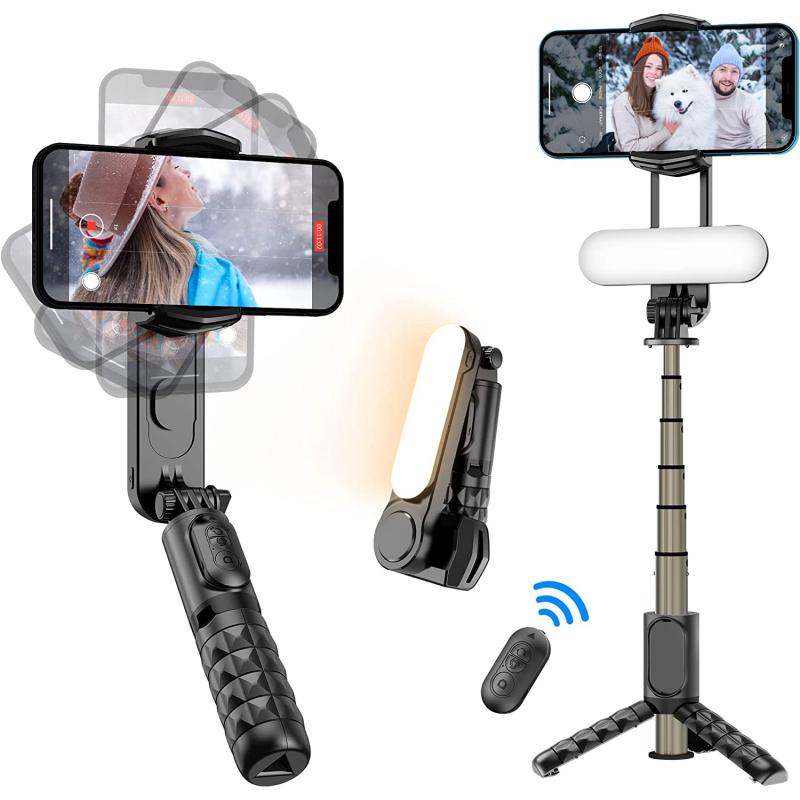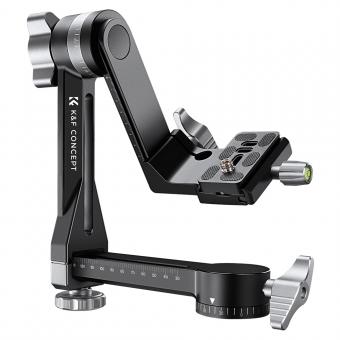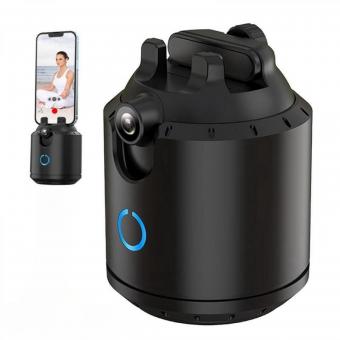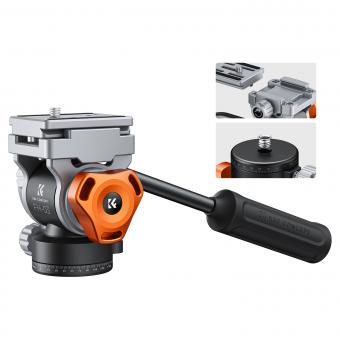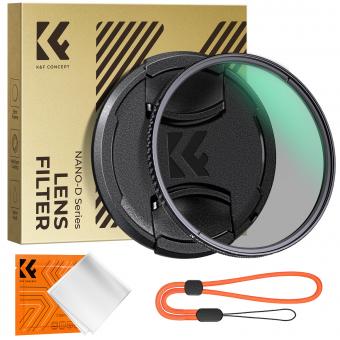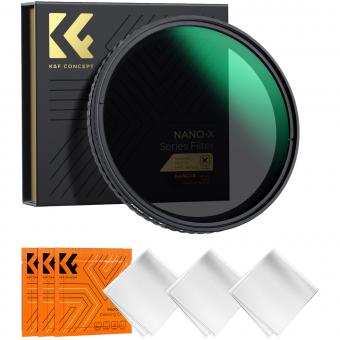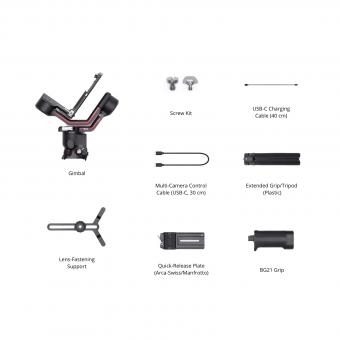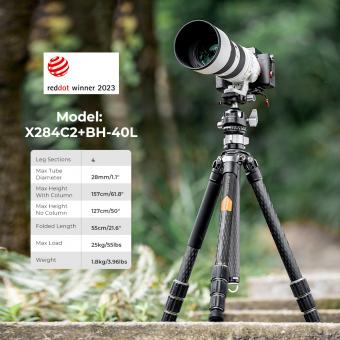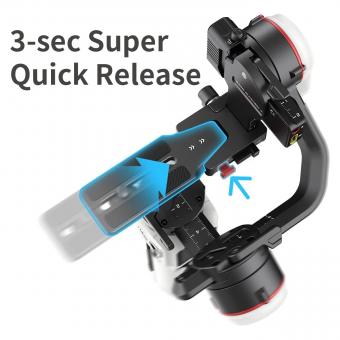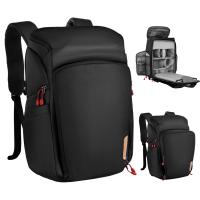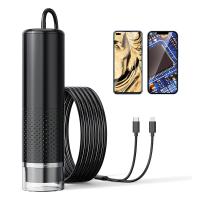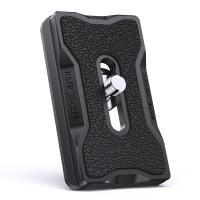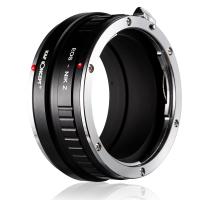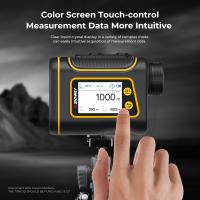How Does A Gimbal Stabilizer Work ?
A gimbal stabilizer works by using a series of motors and sensors to keep a camera or other device steady and level while in motion. The device is mounted on a set of three axes, which allows it to move in any direction while maintaining a stable position. The motors in the gimbal detect any movement or vibration and make small adjustments to keep the camera level and steady. This allows for smooth and fluid footage, even when the camera is moving quickly or in rough terrain. Some gimbals also have additional features such as follow modes, which allow the camera to track a subject automatically, and time-lapse modes, which can create stunning time-lapse videos. Overall, a gimbal stabilizer is an essential tool for any filmmaker or videographer looking to capture smooth and professional-looking footage.
1、 Three-axis stabilization mechanism
A gimbal stabilizer is a device that helps to stabilize a camera or other equipment while it is in motion. It is commonly used in filmmaking, photography, and other applications where smooth, stable footage is desired. The device works by using a three-axis stabilization mechanism that helps to keep the camera level and steady, even when the operator is moving.
The three-axis stabilization mechanism consists of three motors that work together to keep the camera steady. The first motor controls the pitch, or up and down movement, of the camera. The second motor controls the roll, or side-to-side movement, of the camera. The third motor controls the yaw, or rotation, of the camera. By working together, these motors help to keep the camera level and steady, even when the operator is moving.
The latest point of view on how a gimbal stabilizer works is that it uses advanced sensors and algorithms to detect and compensate for movement in real-time. These sensors can detect even the slightest movements and adjust the motors accordingly to keep the camera steady. Additionally, many gimbal stabilizers now come with advanced features such as object tracking, time-lapse, and motion control, which further enhance their capabilities.
Overall, a gimbal stabilizer is an essential tool for anyone who wants to capture smooth, stable footage. Whether you are a professional filmmaker or a hobbyist photographer, a gimbal stabilizer can help you take your work to the next level.

2、 Gyroscopic sensors and motors
A gimbal stabilizer is a device used to stabilize cameras, smartphones, and other devices while capturing footage. It works by using gyroscopic sensors and motors to counteract any unwanted movements or vibrations.
The gyroscopic sensors detect any movement or tilt in the device and send signals to the motors, which then adjust the position of the camera to keep it steady. This process happens in real-time, allowing for smooth and stable footage even when the user is moving or walking.
The latest advancements in gimbal stabilizers include the use of advanced algorithms and artificial intelligence to further improve stabilization. Some models also come with additional features such as object tracking and time-lapse modes.
Overall, gimbal stabilizers have become an essential tool for content creators and filmmakers, allowing them to capture high-quality footage without the need for expensive and bulky equipment. With the continued advancements in technology, we can expect to see even more innovative features and improvements in the future.
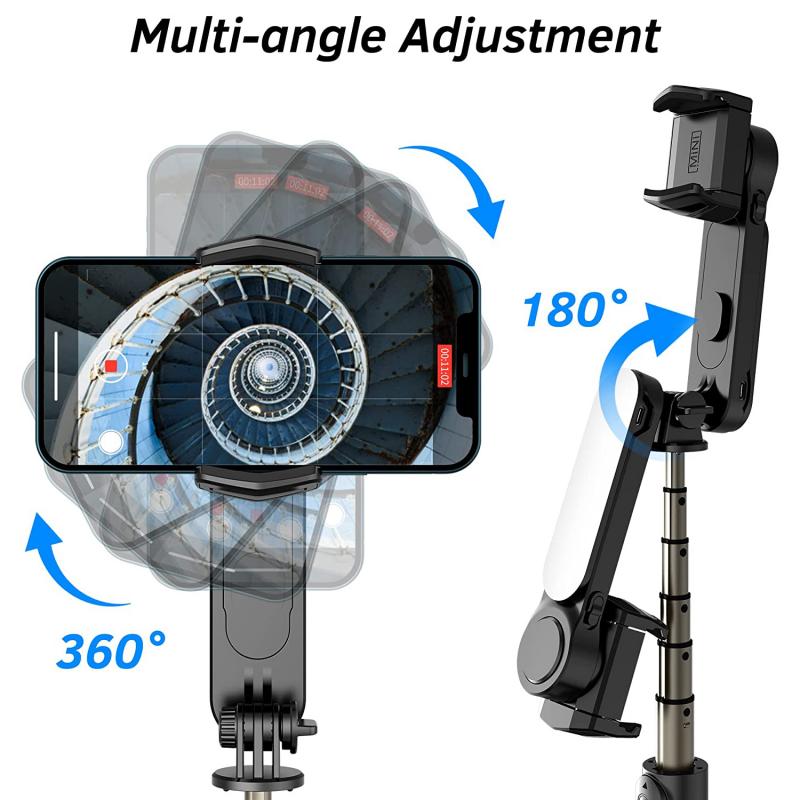
3、 Inertial measurement unit (IMU)
A gimbal stabilizer is a device that helps to stabilize a camera or other equipment while it is in motion. It works by using an Inertial Measurement Unit (IMU) to detect the movement of the camera and then adjusting the position of the gimbal to compensate for that movement.
The IMU is a small electronic device that contains a number of sensors, including accelerometers, gyroscopes, and magnetometers. These sensors work together to detect changes in the orientation and movement of the camera. The data from the sensors is then processed by a microcontroller, which uses algorithms to determine the appropriate adjustments to make to the gimbal.
The gimbal itself is a mechanical device that consists of a series of motors and bearings. These motors are used to adjust the position of the camera in real-time, based on the data from the IMU. The bearings allow the camera to move smoothly and without any jerking or shaking.
The latest point of view on gimbal stabilizers is that they have become increasingly popular in recent years, particularly among filmmakers and videographers. They offer a way to capture smooth, stable footage even when the camera is in motion, which can be difficult to achieve with handheld or tripod-mounted cameras. As technology continues to improve, it is likely that we will see even more advanced gimbal stabilizers in the future, with better sensors, more precise motors, and more sophisticated algorithms.
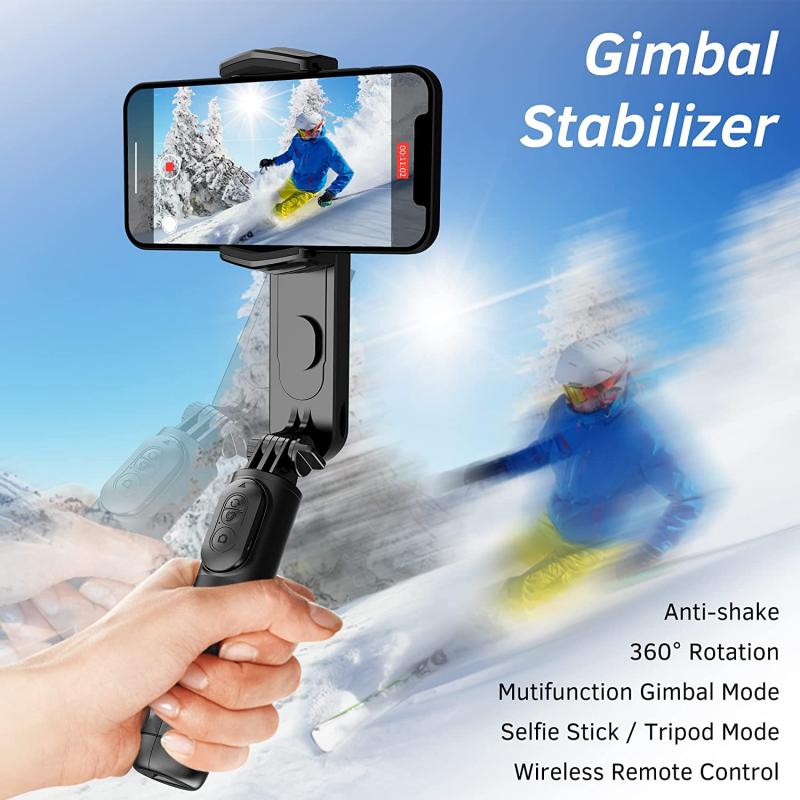
4、 Brushless motors and electronic speed controllers (ESCs)
A gimbal stabilizer is a device that helps to stabilize a camera or other equipment while it is being moved. It is commonly used in photography and videography to capture smooth and steady footage. The gimbal stabilizer works by using brushless motors and electronic speed controllers (ESCs) to keep the camera level and steady.
The brushless motors are responsible for moving the camera in different directions, while the ESCs control the speed and direction of the motors. The gimbal stabilizer also uses sensors to detect any movement or vibration, and then adjusts the motors accordingly to keep the camera steady.
The latest point of view on gimbal stabilizers is that they have become increasingly popular in recent years due to the rise of social media and the demand for high-quality video content. They are now available in a range of sizes and prices, making them accessible to both amateur and professional videographers.
In addition to their use in photography and videography, gimbal stabilizers are also being used in other industries such as agriculture, where they are used to stabilize cameras mounted on drones for crop monitoring and analysis.
Overall, the gimbal stabilizer is a highly effective tool for capturing smooth and steady footage, and its popularity is only expected to continue to grow in the coming years.
